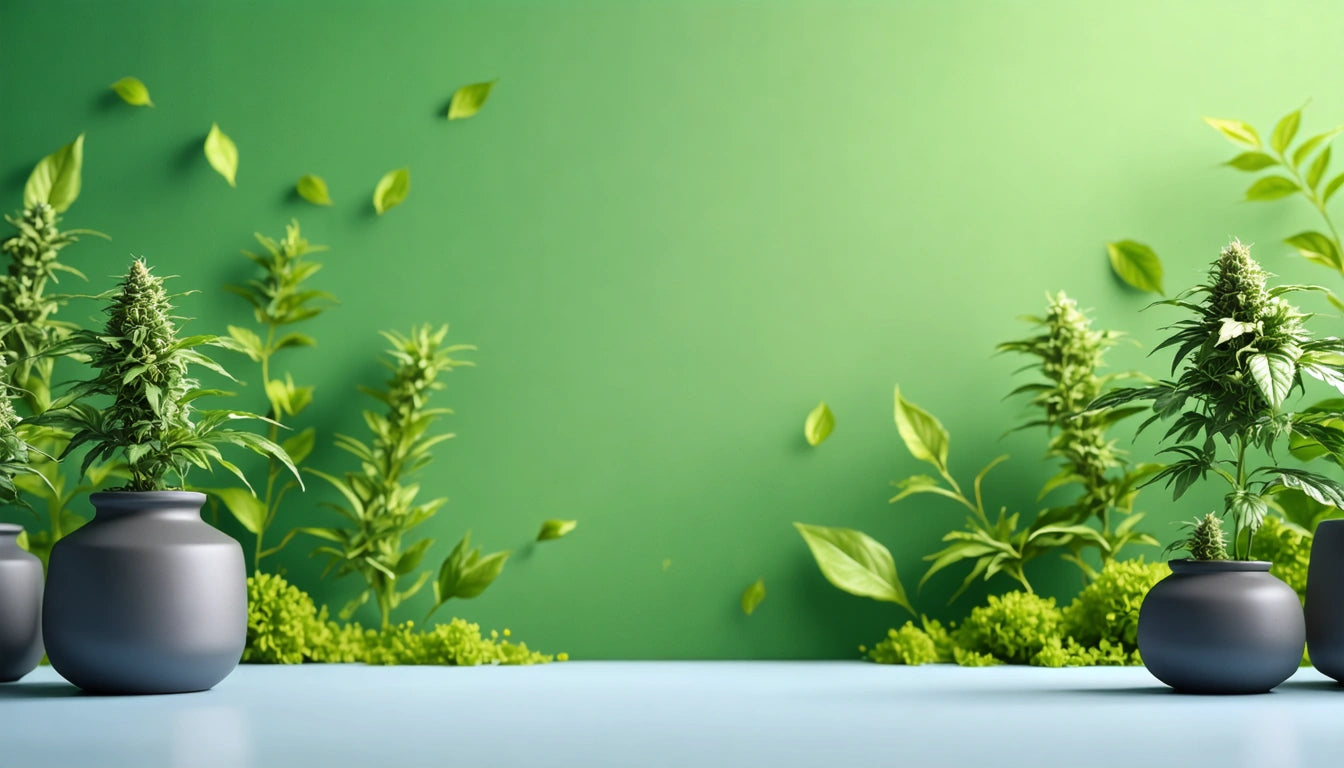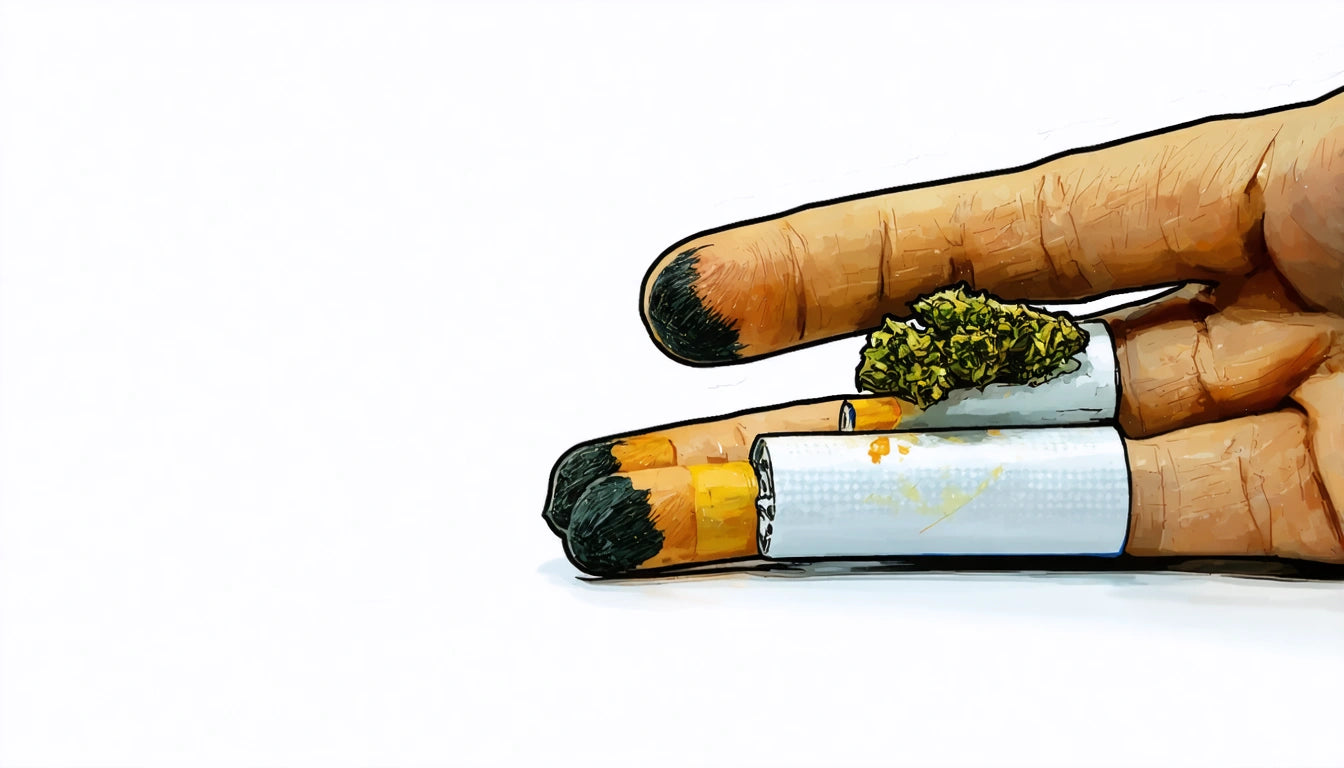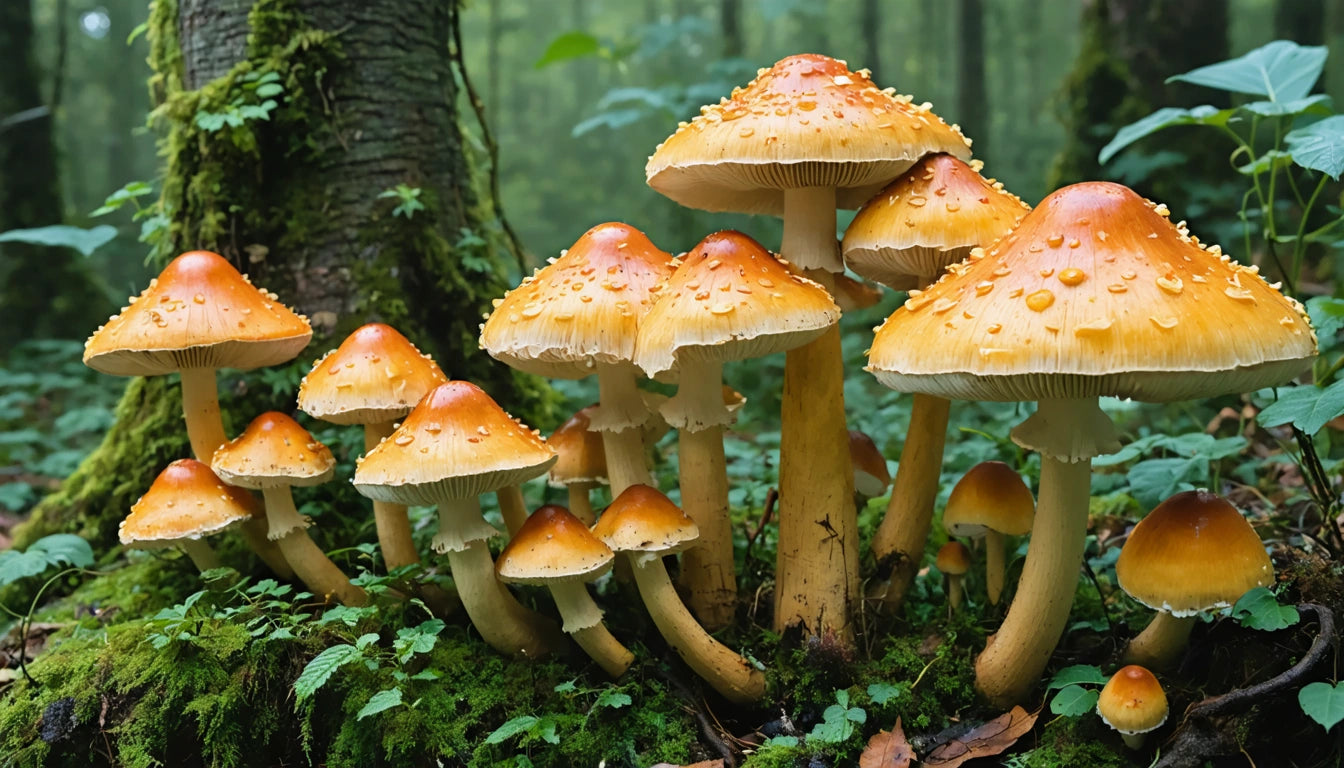Table of Contents
- Understanding the Basics of Drying Pot Plants
- Best Methods for Drying Pot Plants and Leaves
- Quick Drying Techniques: How to Dry Pot Fast
- With Roots or Without: What's Best for Drying Plants
- How to Dry Pot Leaves for Tea and Other Uses
- Preventing Overdrying: How to Keep Pot from Drying Out
- Proper Storage Solutions for Dried Pot Plants
How to Effectively Dry Pot Plants and Leaves: Tips and Techniques
Drying pot plants and leaves properly is a crucial step that significantly impacts quality, potency, and longevity. Whether you're looking to preserve herbs for culinary purposes, create botanical crafts, or process cannabis plants, understanding the best way to dry pot ensures optimal results. This comprehensive guide covers everything from basic techniques to specialized methods for different purposes.
Understanding the Basics of Drying Pot Plants
Successful drying begins with understanding the fundamental principles that affect the process. The primary goal is to remove moisture slowly and evenly while preserving essential compounds like terpenes and cannabinoids in cannabis or flavor compounds in culinary herbs.
According to this comprehensive guide on drying and curing, the ideal environment for drying pot plants includes:
- Temperature: 60-70 °F (15-21 °C)
- Humidity: 45-55% relative humidity
- Air circulation: Gentle but consistent
- Light exposure: Minimal to none
These conditions allow for a slow drying process that preserves the plant's desirable characteristics while preventing mold growth.
Best Methods for Drying Pot Plants and Leaves
Hang Drying Method
The hang drying method is considered the best way to dry pot plants when quality is the priority. This traditional approach involves:
- Trimming excess leaves (for cannabis)
- Hanging plants upside down in a dark, well-ventilated space
- Spacing plants properly to allow air circulation
- Drying for 7-14 days depending on environmental conditions
This method works particularly well for cannabis as it allows for a gradual moisture release that preserves terpenes and cannabinoids. This article on properly drying cannabis buds provides detailed steps for achieving optimal results.
Rack Drying Method
For those with limited vertical space, drying racks offer an excellent alternative:
- Place trimmed buds or plant material on mesh racks
- Ensure proper spacing to prevent clumping
- Rotate material daily to ensure even drying
- Maintain environmental controls as with hang drying
Quick Drying Techniques: How to Dry Pot Fast
While slow drying is preferred for quality, sometimes you need to know how to dry pot fast. Several methods can accelerate the process:
Paper Bag Method
For a moderately quick option that maintains reasonable quality:
- Place plant material in paper bags loosely
- Fold the top of the bag over but don't seal completely
- Shake gently daily to redistribute
- Dry time: 3-7 days
Food Dehydrator Method
For very quick drying of leaves or small buds:
- Set dehydrator to lowest temperature setting (95-105 °F)
- Arrange material in a single layer on trays
- Check frequently to prevent overdrying
- Dry time: 1-3 days depending on material
As detailed in this guide on how to dry out pot fast, these quicker methods come with trade-offs in quality but can be necessary in certain situations.
With Roots or Without: What's Best for Drying Plants
The question of whether to dry plants with roots or without depends largely on your intended use:
Drying With Roots Attached
Benefits:
- Slower, more controlled drying process
- Better for preserving whole specimens for botanical collections
- Maintains plant structure for decorative purposes
Drying Without Roots
Benefits:
- Faster drying time
- Better for culinary herbs and cannabis
- Easier to manage and store
- Reduces risk of soil contaminants
For most cannabis applications, drying without roots is the standard approach as outlined in this resource on effective methods for drying pot plants.
How to Dry Pot Leaves for Tea and Other Uses
Cannabis and other plant leaves can be dried specifically for tea and other applications:
Air Drying Leaves
- Remove leaves from stems
- Lay flat on screens or hang in small bunches
- Ensure good air circulation
- Store in airtight containers once completely dry
Oven Drying Leaves
For a faster approach to drying leaves for tea:
- Preheat oven to lowest setting (typically 170-180 °F)
- Arrange leaves in a single layer on baking sheets
- Leave oven door slightly ajar to allow moisture to escape
- Check every 15 minutes until leaves are crisp but not burnt
When drying cannabis specifically for consumption, proper safety measures are essential. As safety guidelines for various consumable products indicate, always store dried cannabis products in appropriate child-resistant packaging to prevent accidental ingestion.
Preventing Overdrying: How to Keep Pot from Drying Out
Once properly dried, preventing excessive dryness becomes the priority. This guide on preventing overdrying recommends:
- Using humidity control packs (62% RH is ideal for cannabis)
- Storing in airtight glass containers
- Keeping containers in a cool, dark place
- Opening containers periodically ("burping") during the first few weeks
- Monitoring humidity with hygrometers
For culinary herbs and tea leaves, similar principles apply, though optimal humidity levels may vary by plant type.
Proper Storage Solutions for Dried Pot Plants
The drying process isn't complete without proper storage. The best way to preserve dried pot plants involves:
- Glass jars with airtight seals for cannabis and culinary herbs
- UV-protected containers to prevent degradation
- Temperature-controlled environment (60-70 °F ideal)
- Regular monitoring for the first month
- Long-term storage in a cool, dark location
For cannabis specifically, this ultimate guide to drying and curing emphasizes that proper storage extends potency and preserves terpene profiles for months or even years.
By following these comprehensive guidelines, you can master how to dry pot plants and leaves effectively for whatever purpose you need, whether creating botanical specimens, preparing culinary herbs, or processing cannabis for personal use.











Leave a comment
All comments are moderated before being published.
This site is protected by hCaptcha and the hCaptcha Privacy Policy and Terms of Service apply.